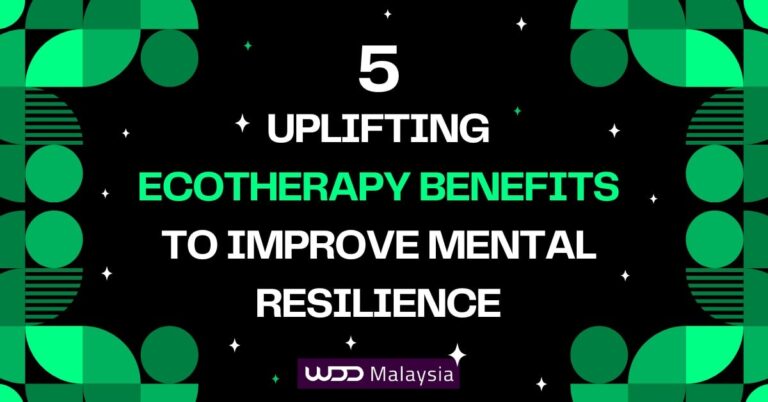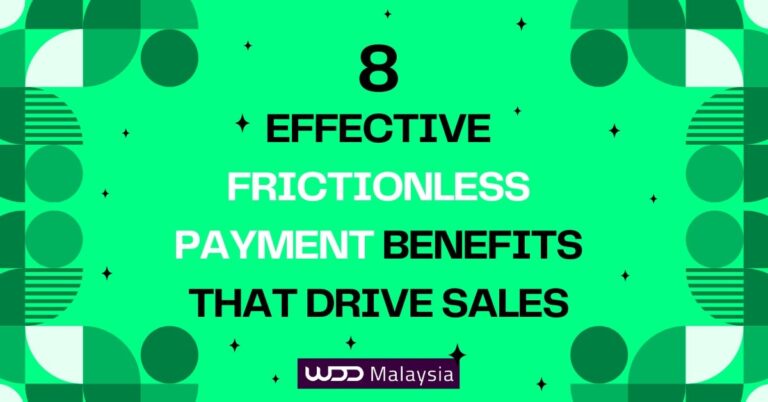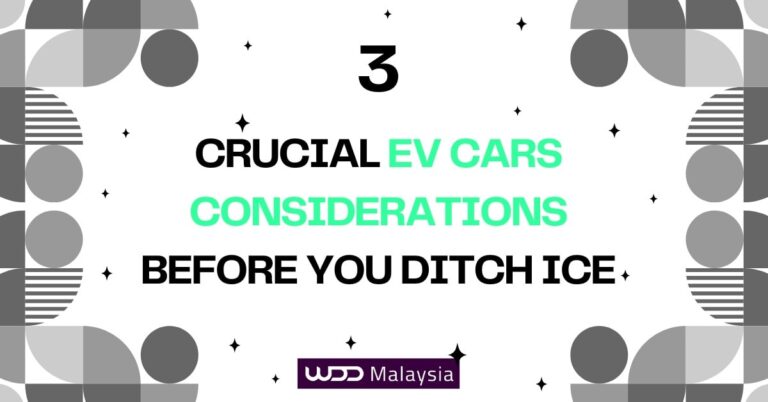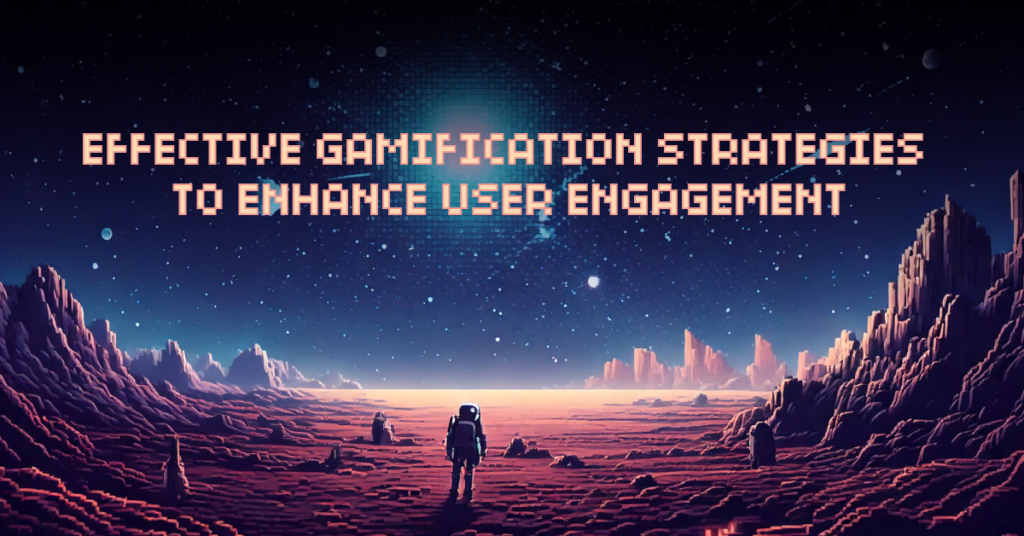
So, gamification has totally become the buzzword of today’s digital scene. But why is everyone so hyped about it? Well, because it can turn boring tasks into epic adventures! It taps into our natural love for competition engagement strategy and winning.
Now, tons of industries are jumping on the gamification train to level up user engagement and brand engagement. From schools to marketing, everyone wants to keep you hooked. This blog is your guide to how gamification can enhance customer engagement and seriously boost your interaction with digital platforms. Ready to dive into the gamified world? Let’s go!
Getting Gamified: Strategies to Boost User Engagement
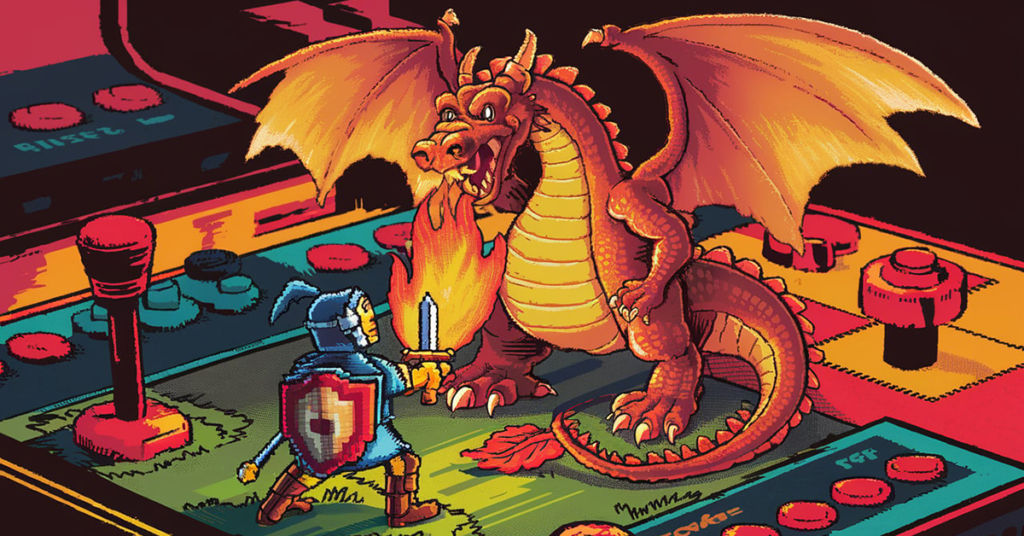
The Basics
What's Gamification?
You’ve probably heard “gamification” thrown around a lot lately. But what’s it all about? It’s basically adding game-like elements to stuff that’s not a game. Think of it as making everyday activities fun and exciting. You see it in apps that give you points for completing tasks or fitness trackers that challenge you to beat your personal best. Gamification strategies for enhanced user engagement make routine tasks way more enjoyable and motivating by incorporating gamification features such as rewards, points, and social interactions.
Key Gamification Elements
To really get gamification strategies for enhanced user engagement, you gotta know the key elements. These are:
Points: Score points for completing tasks or hitting milestones. Points make you feel like a champ.
Badges: Badges are like trophies for your achievements. They push you to level up.
Leaderboards: Competing on leaderboards adds a thrill. It brings out your competitive side.
Challenges: Challenges keep you on your toes. They offer fresh goals to crush.
These elements team up to create killer gamification strategies that boost user engagement and customer retention.
Why It Matters in Business
Gamification Perks
So, why should businesses care about gamification strategies for enhanced user engagement? The perks are endless. First off, gamification cranks up user engagement. When you enjoy something, you’re more likely to stick with it. Second, it fires up motivation. You’re driven to finish tasks when there’s a reward waiting. Third, gamification makes learning a breeze. By making info interactive, you soak it up better. And lastly, it builds brand loyalty too. When you vibe with a brand, you keep coming back.
Real-World Examples
Loads of industries are all about gamification strategies for enhanced user engagement. In schools, teachers use gamified apps to make learning fun. Students earn points for assignments, keeping them motivated. In marketing, companies whip up loyalty programs with rewards and badges. You’ve probably seen this in apps offering discounts for frequent buys. Even healthcare is in on it. Fitness apps challenge you to hit daily step goals, promoting a healthier lifestyle.
By getting these gamification strategies for enhanced customer acquisition and user engagement, you’ll see how they turn ordinary experiences into something extraordinary. Whether you’re a business owner or a user, gamification opens up a world of possibilities.
Core Components of Gamification Strategies
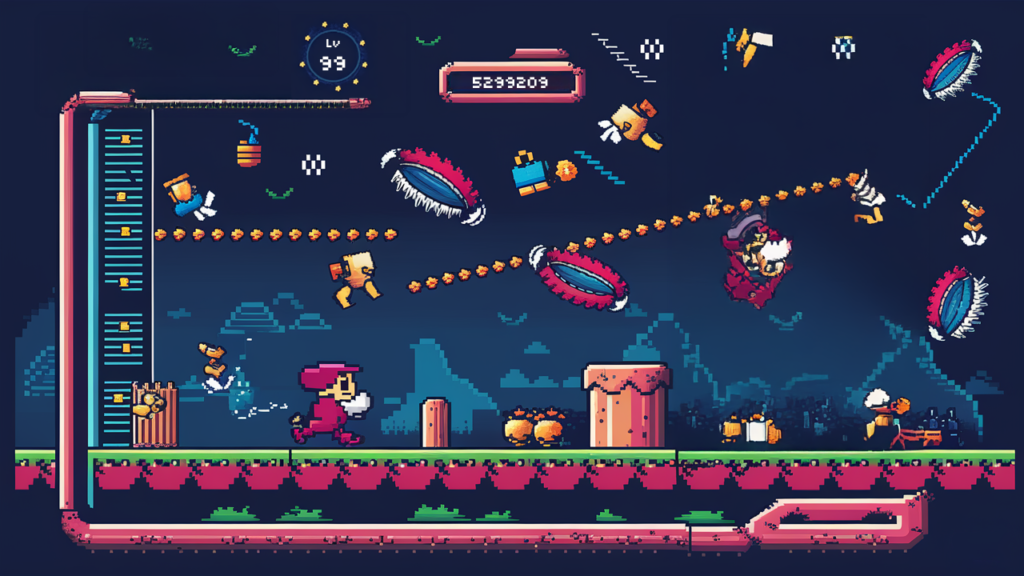
Ready to level up your digital game? Let’s break down the key components of gamification strategies that make user engagement pop.
Game Mechanics
Game mechanics are like the rules of the game, the secret sauce that keeps you hooked on a platform.
Points, Badges, and Leaderboards
Welcome to the ultimate gamification strategy trio: points, badges, and leaderboards. Points are your score for completing tasks or hitting those milestones, giving you that “I did it!” feeling. Badges? They’re your shiny trophies, pushing you to reach new heights. And leaderboards? They bring the heat, tapping into your competitive side, making you want to climb to the top and outshine everyone else.
Challenges and Quests
Challenges and quests are the spice of life, offering fresh goals to chase. They keep you on your toes, pushing you to explore and conquer new parts of the platform. Completing them feels like a major win, and you’ll keep coming back for more.
Game Dynamics
Game dynamics are all about the feels, the emotional rollercoaster that gamification puts you on.
Motivation and Rewards
Motivation and rewards are the driving force. When there’s a reward waiting, you’re pumped to dive in. Whether it’s a sweet discount or a status boost, these rewards keep you engaged and eager to tackle tasks. The thrill of the reward is what keeps you coming back.
Feedback Loops
Feedback loops are like your personal hype squad, giving you real-time updates on how you’re doing. Positive feedback is your cheerleader, making you feel awesome, while constructive feedback helps you level up your game. These loops keep you in the know and motivated.
By getting to know these core components, you’re set to see how gamification strategies can seriously amp employee engagement and up user engagement. Regardless if you’re a user or a business owner.
Crafting Gamification Strategies for User Engagement
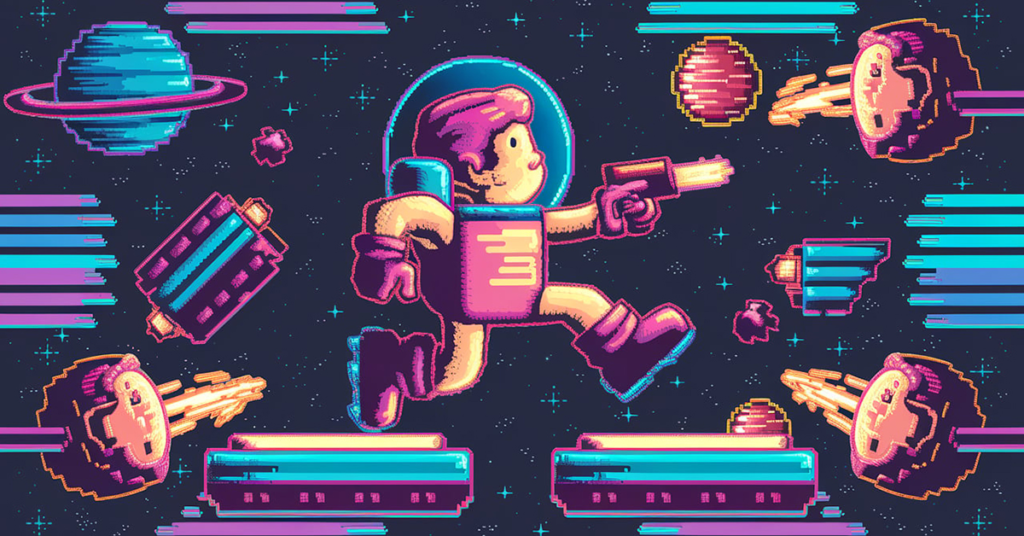
Wanna know how to create killer gamification strategies that keep users hooked? It all starts with some solid planning and understanding. Let’s break it down on how to design strategies that your audience will love.
Setting Goals
Before you dive into gamification, you gotta know what you’re aiming for. This step makes sure your efforts align with your business vibes.
Clear Goals FTW
First things first, define what you wanna achieve with gamification. Is it about boosting user engagement, ramping up sales, or making learning a breeze? Clear goals are your GPS—they show you where to go and help track your progress. When you know where you’re headed, you can map out the journey.
Syncing with Business Goals
Your gamification moves should vibe with your overall business goals. Think about how gamification can give your company’s growth a boost. If you’re all about increasing customer loyalty, cook up a rewards program that gets people coming back for more. Aligning gamification with business goals means your efforts make a real splash.
Knowing Your Audience
To create experiences that hit the mark, you gotta know your audience inside out. Knowing who they are and what they dig helps you tailor your gamification strategies to keep them engaged.
User Personas
Create user personas to represent different audience segments. These personas include details like demographics, interests, and behaviors. By getting to know your users, you can design gamification elements that vibe with them. For instance, if your crowd is young pros, focus on competitive stuff like leaderboards.
Engagement Vibes
Think about how your audience likes to engage. Some are all about challenges and quests, while others love social interactions. Customize your gamification strategies to match these customer’s preferences and engage customers effectively. Offering a mix of elements ensures you reach a wider audience. When users find activities that match their vibes, they’re more likely to stick around.
By nailing down your goals and getting to know your audience, you can craft gamification strategies that truly connect. These strategies not only make interactions with loyal customers more fun but also drive real results for your biz.
Implementing Gamification in Digital Platforms
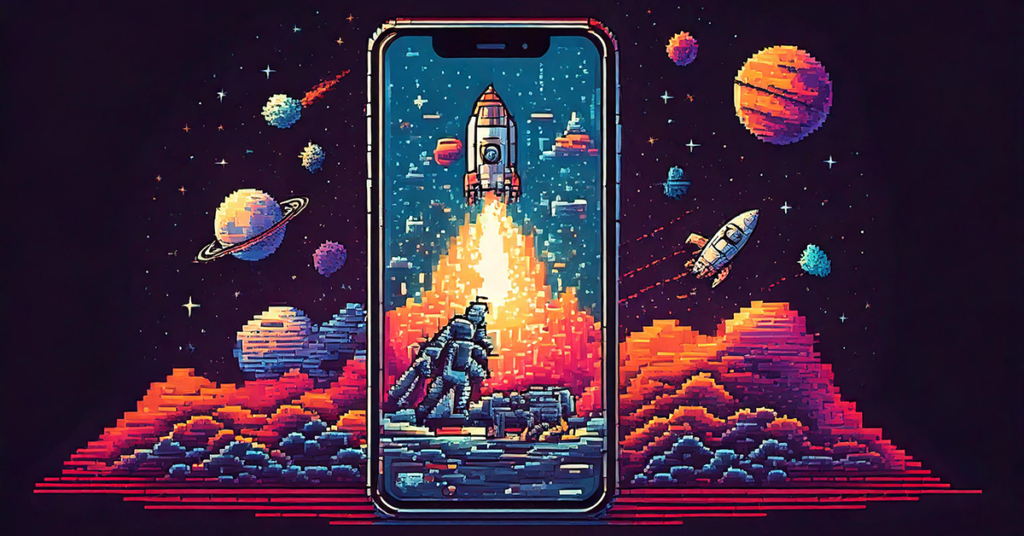
In today’s digital world, gamification strategies are like the secret sauce to boost user engagement. You’ll spot these strategies all over, from mobile apps to websites. Let’s dive into how you can nail these loyalty gamification strategies and get users totally hooked.
Mobile Apps
Mobile apps are a goldmine for engaging users with gamification. By adding game design elements, you can create a vibe that keeps users coming back for more.
Features and Functionality
When you’re crafting a mobile app, focus on features that enhance customer interactions and make users wanna stick around. Think about adding point systems where users rack up points for completing tasks or hitting milestones. It’s all about that sense of achievement, right? Take Duolingo, for example. They use points to track your progress in language learning, making it both fun and educational.
Another killer feature is tracking progress. Let users see progress bars and how far they’ve come, giving them that “look what I did” feeling. Apps like Nike Run Club are all about progress tracking to pump up users to hit their fitness goals. When users can see their progress, they’re stoked to keep going.
User Experience Considerations
User experience is the MVP when it comes to gamification strategies. Make sure your app is smooth and easy to navigate. Users should feel like they’re on a chill adventure, not a confusing maze. A seamless experience boosts emotional engagement, making users wanna come back for more.
Don’t forget about the onboarding process. Gamifying the onboarding can make the first experience fun and informative. Show users the ropes with interactive tutorials or challenges. This approach not only teaches users but also hooks them from the get-go.
Websites and Online Communities
Websites and online communities can totally level up with gamification strategies. By adding interactive elements, you create a digital space that’s buzzing with activity.
Interactive Elements
Customer engagement strategies are the way to go for engaging users on websites. Why not add leaderboards to spark a little friendly competition? Users can compete and climb the ranks, tapping into their competitive side.
Another cool move is adding challenges and quests. Give users new goals to chase, encouraging them to explore different parts of the site. This keeps things fresh and exciting, making users wanna come back for more.
Community Building
Building a strong online community is key to keeping users engaged. Encourage users to share their wins on social media, creating a sense of belonging. Platforms like Google Pay use social sharing to build a community of engaged users. By sharing their progress, users feel connected to others who vibe with the same interests.
Also, think about adding forums or discussion boards. These are spaces where users can connect, share stories, and support each other. A strong community keeps users emotionally engaged, making them more likely to stick around.
By weaving gamification strategies into digital platforms, you can create an experience to retain customers that’s both engaging and rewarding. Whether it’s through mobile apps or websites, these strategies offer endless ways to keep users hooked and motivated.
Measuring How Lit Your Gamification Strategies Are
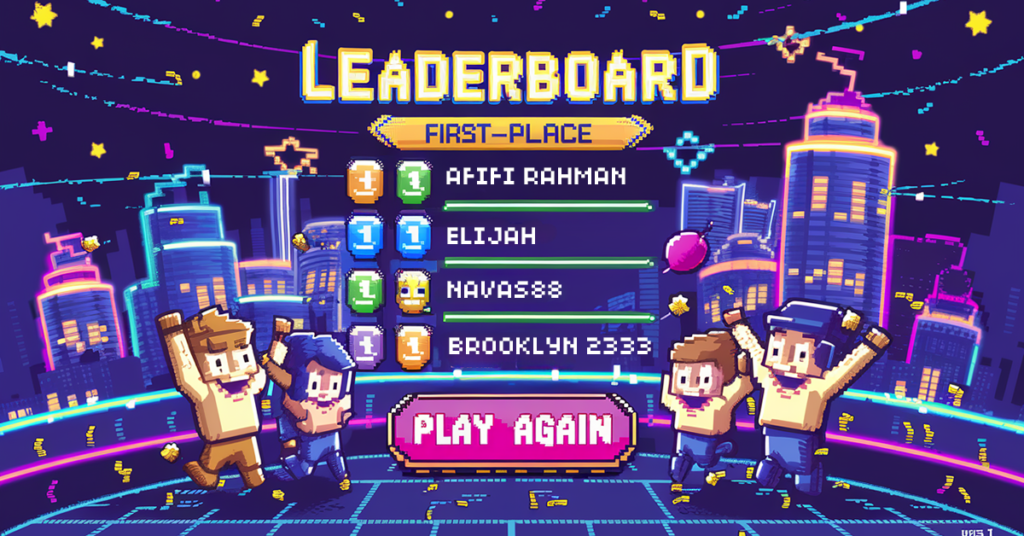
Wanna know if your gamification game is on point? You gotta measure how well it’s working. This means checking out specific metrics and getting the lowdown from your users. Let’s break down how to do this like a pro.
Key Performance Indicators (KPIs)
KPIs are your go-to for tracking if your gamification is hitting the right notes. They give you a snapshot of how well your strategies are vibing.
Engagement Metrics
Engagement metrics are all about seeing how users are interacting with your game elements and keeping customers engaged. Keep an eye on stuff like how many users are jumping into challenges, how often they’re engaging, and how much time they’re spending on your platform. If engagement is high, you know your game elements are a hit. If not, it might be time to switch things up.
User Retention Rates
Retention rates show you how many users are sticking around after their first hangout. High retention means users are digging your game elements and finding them valuable. To keep them coming back, think about throwing in fresh challenges or rewards. If they’re ghosting, you might need to rethink your game design to make it more appealing.
Getting the Tea from Users
User feedback is gold for understanding how your gamification is landing. By tuning into what users say, you can make moves to level up their experience.
Surveys and Polls
Surveys and polls are clutch for getting the 411 directly from users. Ask about their fave game elements and what could use a glow-up. Keep questions chill and to the point. This way, you get clear, actionable insights. Plus, when users see you care about their opinions, it can lead to even better gamification vibes.
Behavioral Analytics
Behavioral analytics is like studying how users are vibing with your platform. By peeping user behavior, you can spot patterns and trends. Maybe users are more into certain game elements at specific times. Use this intel to tweak your strategies and align them with user preferences. This helps you figure out what keeps users hyped and what’s making them bounce.
Challenges and Pitfalls in Gamification Strategies
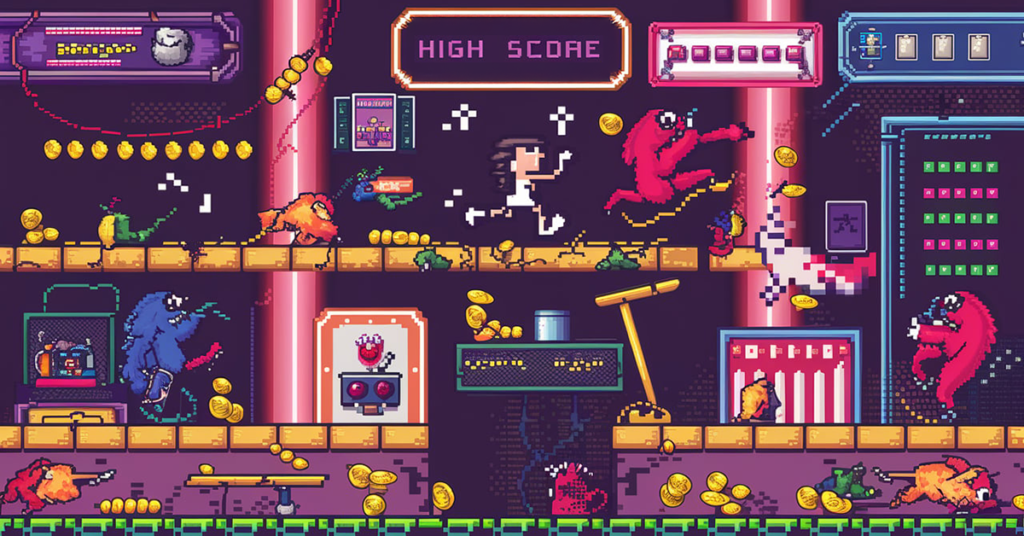
Gamification is like the ultimate cheat code for increase customer engagement, but it’s not all sunshine and rainbows. There are some hurdles to jump over. Knowing these pitfalls helps you craft better strategies.
Common Mistakes
Over-Gamification
You might think throwing in more game elements will make your platform more lit. But overdoing it can actually overwhelm users. Too many points, badges, or leaderboards can leave them scratching their heads. It might feel more like a game overload than a cool service. Keep it chill. Focus on a few key elements that vibe with the user experience without overshadowing your platform’s main gig.
Lack of Clear Objectives
Without clear goals, gamification can lose its spark. You gotta know what you’re aiming for. Is it about boosting user engagement, ramping up sales, or making learning a breeze? Clear goals are like your GPS—they guide your strategy and help you measure success. Without them, your gamified customer experience might feel like a pointless quest to users.
Overcoming Challenges
Balancing Fun and Functionality
Nailing the balance between fun and functionality is crucial. You want users to enjoy the ride, but not at the expense of usability. Make sure game elements add to the core vibe of your platform. For instance, if you’re crafting a fitness app, use challenges to hype users without making workout tracking a headache. Keep the user journey smooth and intuitive.
Continuous Improvement
Gamification isn’t a one-and-done deal. You need to keep leveling up your strategies based on user feedback and data. Regularly check out engagement metrics and user behavior. Spot what’s working and what needs a glow-up. Listen to your users through surveys and polls. Their insights can help you fine-tune your approach. By staying flexible and open to change, you ensure your gamification strategies stay fresh and relevant.
By recognizing these challenges and tackling them head-on, you can create gamification strategies that truly hook users. Remember, the goal is to enhance the user experience, not complicate it. Keep your
Future Trends in Gamification Strategies
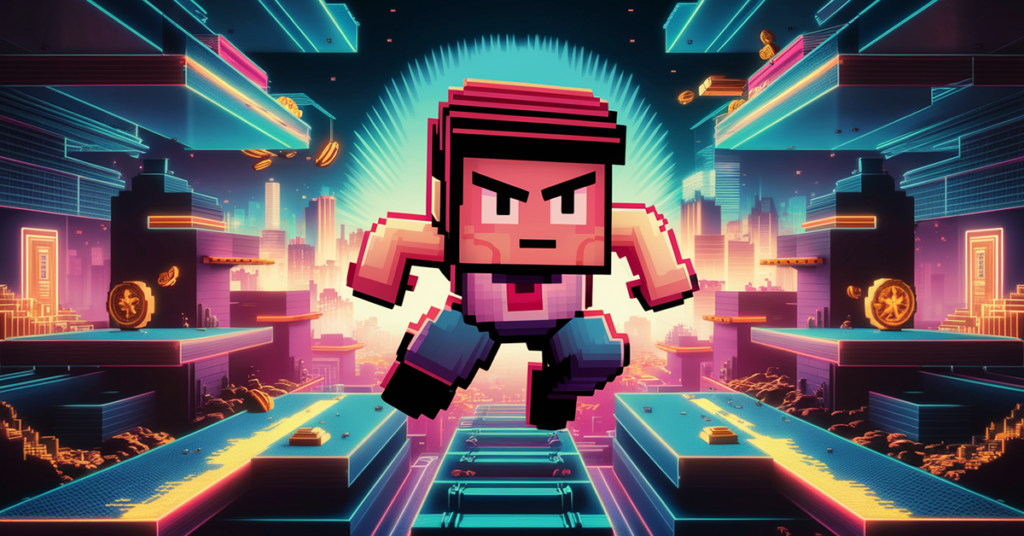
Emerging Technologies
Virtual and Augmented Reality
Ever noticed how VR and AR are totally shaking up how we experience digital stuff? These techs are about to take gamification to the next level. Imagine popping on a VR headset and diving into a game world that feels so real you can almost touch it. This kind of immersion cranks up user engagement, making everything way more unforgettable.
AR, though, is like adding a digital layer to the real world. Think of those apps where you can see how a couch looks in your living room before you buy it. By mixing AR with gamification techniques, you can create experiences that blend right into reality. It’s not just cool, but super practical for things like shopping and learning.
Artificial Intelligence
AI is another big player in the gamification game. It can check out how you roll and tweak experiences just for you. It learns what you dig and adjusts challenges to your skill level, keeping you hyped.
Plus, AI powers chatbots and virtual buddies that guide you through gamified adventures. They give you instant feedback and help, making everything smoother and more fun. As AI keeps getting smarter, expect gamification to get even more personalized and epic.
Evolving User Expectations
Personalization
These days, everyone wants that personal touch. Gamification is leveling up to meet those customer expectations. Personalization means tailoring stuff to your interests and vibes. When a platform gets you, you’re more likely to stick around.
Picture a fitness app that suggests workouts based on your past moves and goals. This kind of personalization makes it all feel more relevant and motivating. By focusing on what you care about, gamified strategies can create a deeper connection and boost your satisfaction.
Social Integration
Social vibes are also shaping gamification. Sharing your wins and competing with your crew is the new norm. Gamification now includes social elements to build community and interaction. You can link up with others, share your progress, and even team up on challenges.
Platforms like Strava let you track your fitness and share it with friends. This social layer adds motivation and accountability. By weaving in social features, gamification strategies create a sense of belonging and keep you coming back for more.
Popular Gamification Strategies
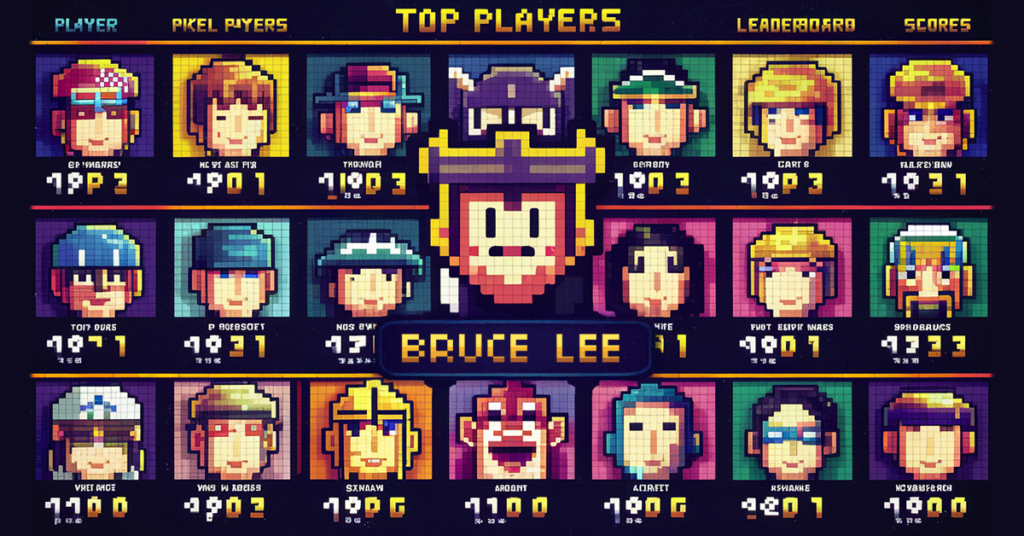
In the gamification scene, Infosys BPM is like that cool kid who’s always ahead of the curve, offering killer solutions to amp up user engagement. Teaming up with Infosys BPM means businesses can tap into popular gamification moves to totally boost customer interaction and satisfaction. Let’s dive into how these strategies shake things up in the biz world.
Business Applications
Reward Points Systems
Reward points systems are the MVPs of gamification. Users rack up points for hitting milestones or completing tasks, which keeps them hyped and coming back for more. It’s like leveling up in a game—each point feels like a win. This gamified system not only cranks up user satisfaction but also encourages them to stick around. Businesses using this can build mad loyalty and keep those interactions rolling.
Marketing and Engagement
When it comes to marketing, gamification is a game-changer. By throwing in gamified elements like badges and streaks, businesses create a vibe that keeps users hooked. Streaks, for example, challenge users to keep up a series of actions, turning engagement into a habit. Infosys BPM partners with businesses to craft these epic marketing campaigns that use gamification to seriously boost customer engagement.
Design and Implementation
Checklists and Journeys
Creating dope gamification strategies is all about crafting engaging user journeys. Checklists are clutch here, guiding users through tasks without missing a beat. As users tick off items, they get that sweet sense of progress and accomplishment. Journeys map out the user’s path, highlighting milestones along the way. Infosys BPM helps businesses design these seamless, rewarding experiences that keep users coming back for more.
Native Tooltips and Social Sharing
Native tooltips are like your personal guide, giving you real-time tips and feedback to make the user experience smooth and fun. Add social sharing into the mix, and you’ve got a whole new level of gamification for customer engagement. Users can share their wins on social media, boosting visibility and getting others to join the fun. Infosys BPM nails it by integrating these elements into gamification strategies, ensuring an experience that’s both comprehensive and engaging.
By rolling out these popular gamification and loyalty strategies, businesses can seriously ramp up customer engagement and satisfaction. Infosys BPM’s expertise in design and implementation ensures that these strategies are not just effective but also tailor-made for each business’s unique vibe. Whether it’s through reward points systems or social sharing, the possibilities to enhance user engagement are endless.
Gamification is the secret sauce to boosting user engagement. Turn those boring tasks into epic challenges, and watch your audience get hooked. Implement these strategies thoughtfully, making


